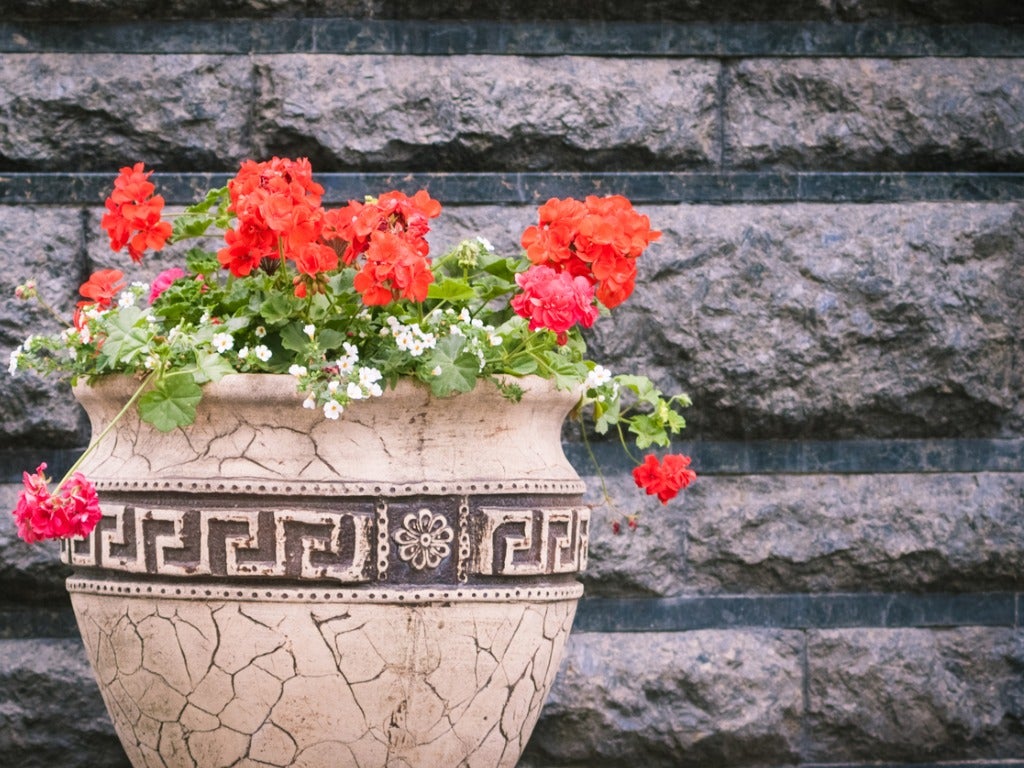Repotting Lantanas: When And How To Repot Lantana Plants


Lantana flowers are an excellent choice for those wishing to attract butterflies, pollinators, and other beneficial insects to flower gardens. Especially attractive to hummingbirds, these blooms come in a wide range of vibrant colors. Lantana plants are hardy to USDA zones 8-11.
While cooler growing zones may experience dieback, lantana can actually exhibit invasive qualities in warmer regions. This trait makes lantana ideal for growing in containers or ornamental raised flower beds. With proper care, gardeners can enjoy the small showy flowers for many years to come. In doing so, learning how to repot lantana will be important.
When to Repot Lantana
Growing lantana in containers is popular for many reasons. Blooming throughout the entire growing season, lantana in pots can be used to add a much-needed “pop” of color just about anywhere. When growing conditions are right, however, these plants can become large rather quickly. It is for this reason that many growers find moving lantana to larger containers a few times each season a necessity.
Repotting lantana should occur when the root system of the plant has completely filled its current pot. The need to repot lantana plants may first become noticeable if the container dries out quickly after watering or has difficulty retaining water.
The presence of roots poking through the bottom of the container drainage hole may also be an indication of the need for repotting. Luckily, the process of relocating lantana in a new pot is relatively simple.
How to Repot Lantana
When learning how to repot lantana, growers will first need to select a slightly larger pot. While it may be tempting to replant in a pot that is much bigger, lantana actually prefers to grow in somewhat confined spaces.
To begin moving lantana to a larger container, fill the bottom few inches (7.5 cm.) of the container with small gravel to assist drainage, followed by a couple of inches (5 cm.) of fresh potting soil. Next, carefully remove the lantana plant and its roots from the old container. Gently place it into the new pot, and then fill the empty space with potting soil.
Sign up for the Gardening Know How newsletter today and receive a free copy of our e-book "How to Grow Delicious Tomatoes".
Water the container well to ensure that the soil has settled. While early spring is generally the best time to repot lantana, it can be done at other times throughout the growing season, as well.

Tonya Barnett has been gardening for 13 years. Flowers are her passion. She has transformed her backyard into a cut flower garden, which she regularly chronicles on her YouTube channel http://www.youtube.com/@tonyawiththeflowers.